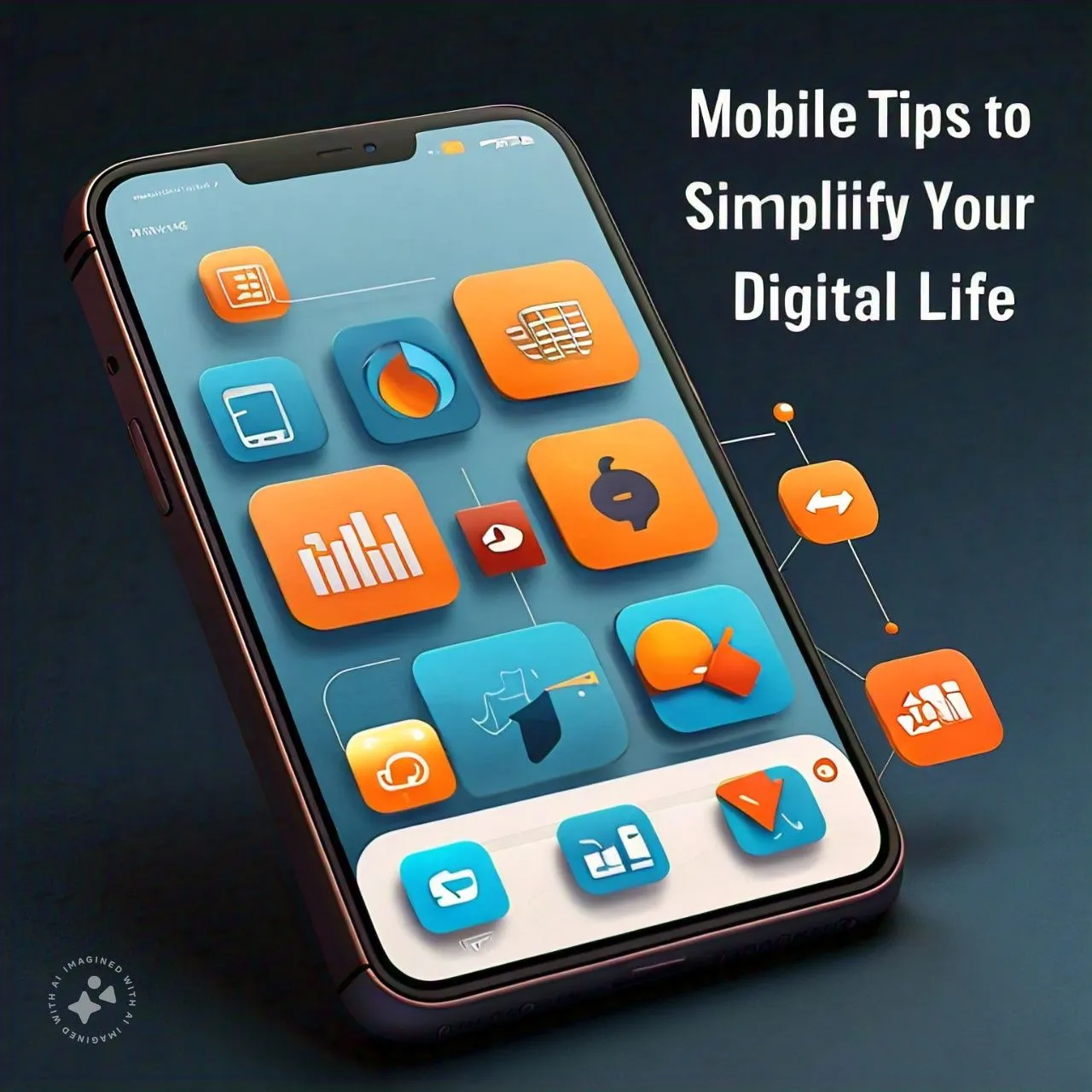10 Powerful Mobile Tips to Simplify Your Digital Life
Introduction: Embrace Efficiency with Mobile Tips
📱 Simplify your digital life by organizing your apps into folders based on your daily routines. Keep your morning, work, and evening apps easily accessible! #MobileTips #Productivity
In today’s fast-paced world, our mobile devices have become indispensable tools that connect us to the digital realm. From managing daily tasks to staying in touch with loved ones, these tiny gadgets hold immense power. However, with the multitude of features they offer, it’s easy to feel overwhelmed. Fortunately, by implementing a few strategic mobile tips, you can streamline your digital experience and simplify your life. This article will delve into practical tips and tricks that will not only enhance your productivity but also bring a sense of order to your digital existence.
Mobile Tips to Simplify Your Digital Life
Your mobile device is more than just a communication tool; it’s a hub for managing your entire digital life. Whether you’re aiming to boost productivity, enhance security, or simply make your daily tasks more manageable, these mobile tips will set you on the right path.
Optimizing Mobile Settings for Seamless Experience
Your mobile settings are the backbone of your device’s functionality. By customizing them to suit your lifestyle, you can create a seamless experience that aligns with your daily needs.
Customizing Notifications for Focused Productivity
Notifications are designed to keep you informed, but too many can become overwhelming. Start by prioritizing which apps are allowed to send notifications. Turn off non-essential alerts and group notifications to minimize distractions. For example, consider enabling “Do Not Disturb” during meetings or work hours to maintain focus. Additionally, customizing alert sounds and vibrations can help you differentiate between urgent and non-urgent notifications, allowing you to respond appropriately.
Enhancing Battery Life for All-Day Usage
Battery life is a concern for most mobile users. To extend your device’s battery life, adjust the screen brightness, switch to battery-saving mode, and disable unused features like Bluetooth and location services. Another tip is to monitor apps that drain your battery and limit their background activity. By adopting these practices, you can ensure your phone lasts through the day without needing to recharge.
Streamlining Apps for Maximum Efficiency
A cluttered app drawer can slow you down and make it difficult to find what you need. Streamlining your apps is essential for quick access and enhanced productivity.
Organizing Apps by Category for Quick Access
Grouping similar apps by categories, such as productivity, social media, and entertainment, can save time and reduce frustration. Consider creating folders for related apps, so you can access them with a single tap. For example, place all your communication apps in one folder labeled “Social,” and all your work-related apps in a “Productivity” folder. This not only declutters your home screen but also speeds up your workflow.
Using Automation for Daily Tasks
Automation is a game-changer when it comes to simplifying your digital life. Tools like IFTTT (If This Then That) or Siri Shortcuts can automate repetitive tasks, such as sending a daily reminder or turning off your Wi-Fi when you leave home. By automating these tasks, you can save time and mental energy, allowing you to focus on more important activities.
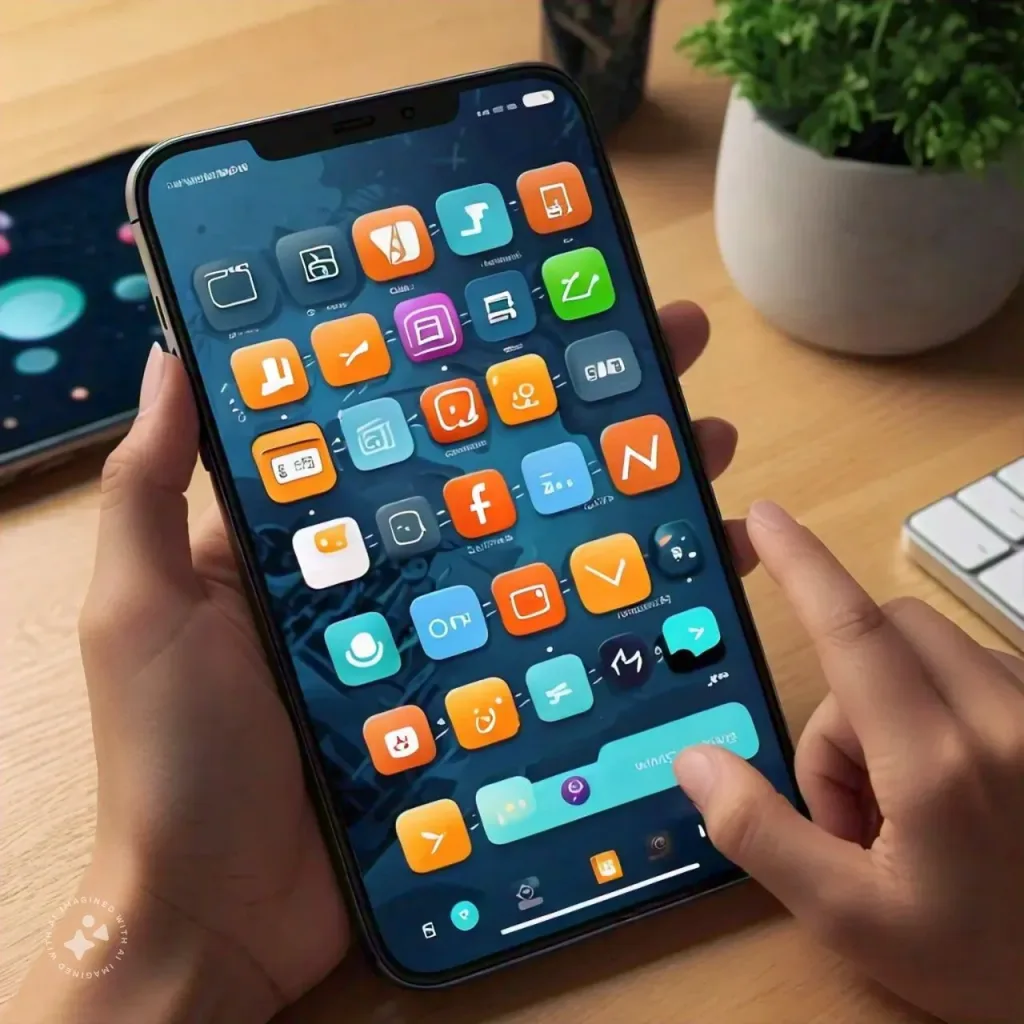
Boosting Security and Privacy on Your Mobile Device
With increasing concerns about digital privacy, securing your mobile device is more crucial than ever. Here’s how you can protect your data while using your smartphone.
Enabling Two-Factor Authentication for Enhanced Security
Two-factor authentication (2FA) adds an extra layer of security to your accounts by requiring a second form of verification, such as a text message or authentication app. Even if someone gains access to your password, they won’t be able to log in without this second step. Implementing 2FA on your most sensitive accounts, such as email and banking, is an essential step in protecting your information.
Managing Permissions to Safeguard Data
Apps often request permissions that aren’t necessary for their function. Review and manage these permissions regularly to ensure that apps only have access to the information they truly need. For example, a weather app shouldn’t require access to your contacts. Adjusting these settings reduces the risk of data breaches and keeps your personal information secure.
Effective File Management for Easy Access
Managing files on your mobile device is key to keeping your digital life organized and efficient.
Using Cloud Storage for Seamless Syncing
Cloud storage services like Google Drive, iCloud, or Dropbox allow you to store and access files from any device. This not only frees up space on your phone but also ensures that important documents are always within reach. Syncing your files across devices means you can start working on a document on your phone and finish it on your computer without missing a beat.
Organizing Files with Folders and Tags
Proper file organization makes it easy to find what you need when you need it. Create folders for different types of documents, such as work, personal, and finance. Within these folders, use descriptive names and tags to categorize files further. This approach saves time and reduces stress, especially when searching for critical documents in a hurry.
Enhancing Productivity with Mobile Tools
Leveraging the right mobile tools can dramatically improve your productivity, helping you manage time and tasks more effectively.
Integrating Calendar and Task Apps for Better Planning
A well-organized calendar is crucial for managing your time efficiently. Sync your calendar with task management apps like Todoist or Trello to ensure that your appointments and to-dos are in one place. Set reminders for upcoming tasks and deadlines to stay on track. By integrating these tools, you can easily plan your day and ensure nothing slips through the cracks.
Using Note-taking Apps for Quick Ideas
Note-taking apps like Evernote or Microsoft OneNote are perfect for capturing ideas on the go. Whether brainstorming for a project or jotting down a shopping list, these apps allow you to organize notes by category and even attach images or links for reference. A digital notebook ensures that your ideas are always at your fingertips, ready to be expanded upon when inspiration strikes.
FAQs: Essential Mobile Tips for Simplifying Your Digital Life
How can I improve my phone’s battery life?
Improving your phone’s battery life is essential to ensure your device lasts throughout the day without needing frequent recharges. Here are some effective tips to extend your phone’s battery life:
1. Adjust Screen Brightness
Lowering screen brightness or enabling auto-brightness can significantly save battery life by reducing unnecessary power consumption.
2. Enable Battery Saver Mode
Activating your phone’s built-in battery-saver mode reduces background activity and limits performance to extend battery life when needed.
3. Limit Background Apps
Background apps can drain your battery; check settings to identify power-hungry apps and limit their activity if they’re not needed.
4. Turn Off Unnecessary Features
Turning off Bluetooth, Wi-Fi, GPS, and NFC when not in use helps conserve battery life.
5. Manage Location Services
Disabling location services for unnecessary apps or using “Battery Saving” mode, which relies on Wi-Fi and mobile networks, can reduce battery drain.
6. Reduce Screen Timeout
The longer your screen stays on when idle, the more battery it consumes. Set your screen timeout to a shorter duration, such as 30 seconds or one minute, to save power.
7. Update Apps and Software
Keeping your apps and phone software up to date ensures you benefit from the latest battery optimization improvements.
8. Use Dark Mode
Using dark mode on OLED or AMOLED displays can save battery life by reducing power usage for darker colors.
9. Avoid High Temperatures
Avoid leaving your phone in direct sunlight or hot places, as extreme heat can degrade the battery and reduce its long-term capacity.
10. Monitor Battery Usage
Regularly check your phone’s battery usage in settings to identify and manage apps or services that drain power, and find more efficient alternatives if needed.
By following these tips, you can extend your phone’s battery life and ensure it stays powered longer, allowing you to use your device more effectively throughout the day.
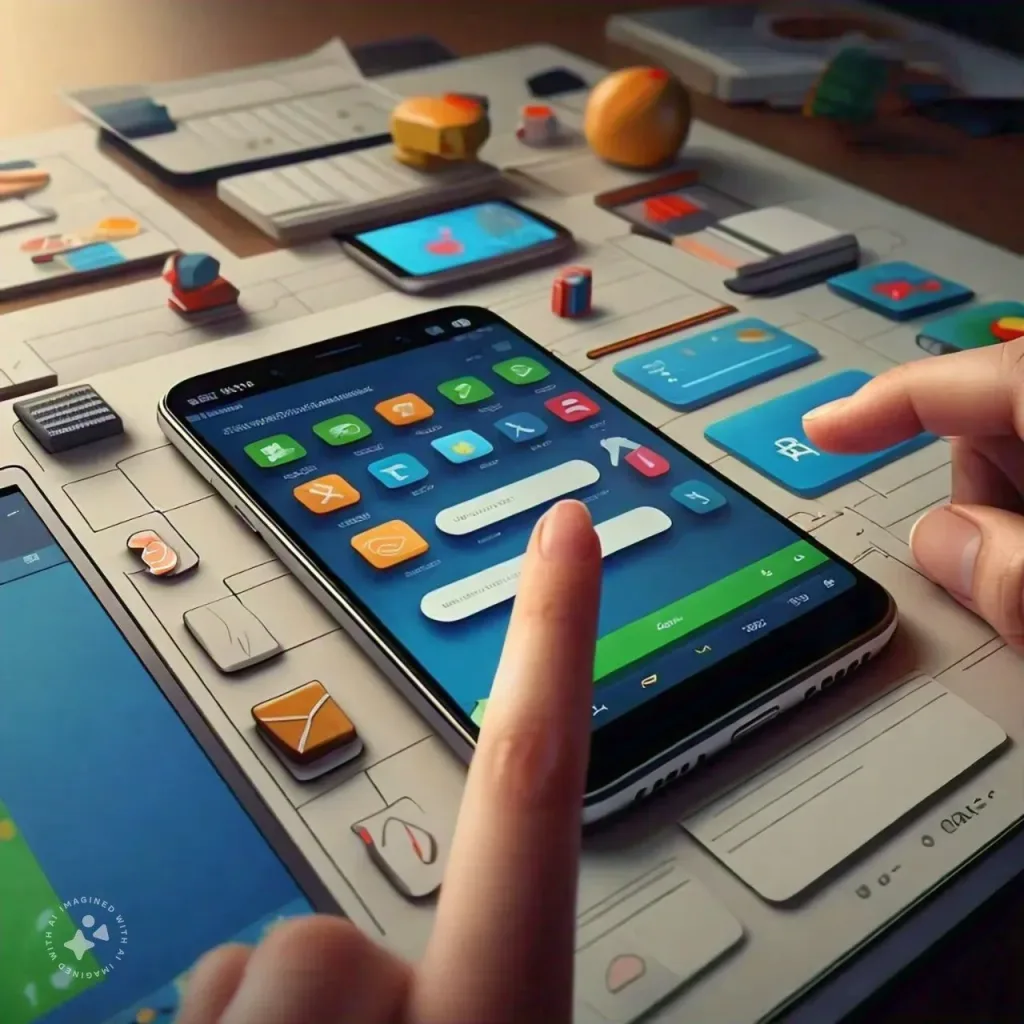
What are the best apps for productivity?
There are several highly regarded apps designed to boost productivity by helping users manage tasks, organize information, and streamline workflows. Here are some of the best apps for productivity:
1. Todoist
Todoist is a powerful task management app that helps you stay organized by allowing you to create, prioritize, and organize tasks into projects, set deadlines, and collaborate with others, all through its intuitive interface and cross-platform availability.
2. Trello
Trello is a versatile project management tool that uses boards, lists, and cards to organize tasks and projects, offering an intuitive drag-and-drop interface and integration with apps like Slack, Google Drive, and Dropbox for efficient tracking and collaboration.
3. Evernote
Evernote is a robust note-taking app that helps you capture, organize, and find ideas, tasks, and information with features like tags, notebooks, and powerful search capabilities.
4. Microsoft OneNote
Microsoft OneNote integrates seamlessly with Microsoft Office tools, offering a flexible notebook-style interface for organizing notes, adding multimedia, and collaborating across multiple platforms.
5. Notion
The notion is an all-in-one workspace that combines notes, tasks, databases, and collaboration tools, offering high customization for project management, task tracking, and note-taking, making it ideal for both individuals and teams.
6. Google Keep
Google Keep is a simple, lightweight app for capturing quick notes, lists, and reminders, seamlessly integrating with Google services for easy syncing across devices.
7. Focus@Will
Focus@Will provides music scientifically optimized to enhance focus and productivity, offering various channels tailored to different productivity styles to help you stay in the zone.
8. Forest
Forest gamifies productivity by growing a virtual tree while you stay focused, with the tree dying if you leave the app, making it fun to stay on task and avoid distractions.
9. RescueTime
RescueTime tracks your digital habits and provides detailed reports on how you spend your time, offering tools to block distractions and set focus goals to improve productivity.
10. Slack
Slack is a communication and collaboration tool that offers real-time messaging, file sharing, and integration with productivity tools, helping teams stay organized and reducing email clutter.
11. Google Calendar
Google Calendar is essential for time management, allowing you to schedule events, set reminders, and share calendars, with seamless integration with other Google services for comprehensive organization.
12. Pocket
Pocket is a handy app for saving articles, videos, and other content to view later, syncing across devices, and allowing offline access for convenient content consumption.
These apps cover a wide range of productivity needs, from task management and note-taking to time tracking and focus enhancement. By integrating some or all of these tools into your daily routine, you can boost your productivity and stay organized, no matter what challenges come your way.
How do I manage my phone’s storage effectively?
Managing your phone’s storage effectively is essential to ensure smooth performance and avoid running out of space. Here are some practical tips to help you manage your phone’s storage:
1. Clear Cache Regularly
Clearing the cache periodically can free up space without affecting your app data. You can clear the cache for individual apps through your phone’s settings or use a dedicated app for this purpose.
2. Delete Unnecessary Apps
Unused apps not only take up storage but may also run background processes that consume battery and data. Deleting these apps can free up valuable space and improve your phone’s performance.
3. Use Cloud Storage for Photos and Videos
Instead of storing photos and videos locally, use cloud services like Google Photos, iCloud, or Dropbox to back up and access your media files from any device, freeing up space on your phone.
4. Manage Downloads and Files
Regularly check your Downloads folder and other file directories for unnecessary files, such as old PDFs and installation files, and delete or move them to cloud storage to free up space.
5. Use External Storage
If your phone supports external storage like a microSD card, use it to move large files such as photos, videos, and music to free up internal memory, and consider moving apps if it doesn’t significantly impact performance.
6. Enable Storage Optimization Features
Many smartphones have built-in storage optimization features, like Android’s “Smart Storage” and iPhone’s “Offload Unused Apps,” which automatically manage and free up storage by deleting old backups or removing infrequently used apps while preserving your data.
7. Manage Music and Podcasts
To save storage, download only favorite playlists or albums on streaming services, and delete listened-to podcast episodes while limiting automatic downloads.
8. Delete Old Messages and Attachments
Regularly delete old text messages and large attachments, like photos and videos, to free up space, and use settings to auto-delete messages after a certain period for better long-term storage management.
9. Avoid Duplicate Files
Use apps designed to find and delete duplicate files to clean up your storage efficiently, especially if you have multiple copies of the same photos or downloaded files.
10. Monitor Storage Usage
Regularly check your phone’s storage usage in settings to see which categories—like apps, media, and files—are consuming the most space, enabling you to take targeted actions to free up storage.
11. Compress Large Files
Compress files into zip format to reduce their size and save storage, especially for large documents and PDFs that don’t need to be readily accessible.
12. Limit Offline Content
Periodically review and delete offline content from apps like video streaming services and maps to free up significant storage space.
By following these tips, you can effectively manage your phone’s storage, ensuring that you have enough space for the apps, files, and media that matter most to you.
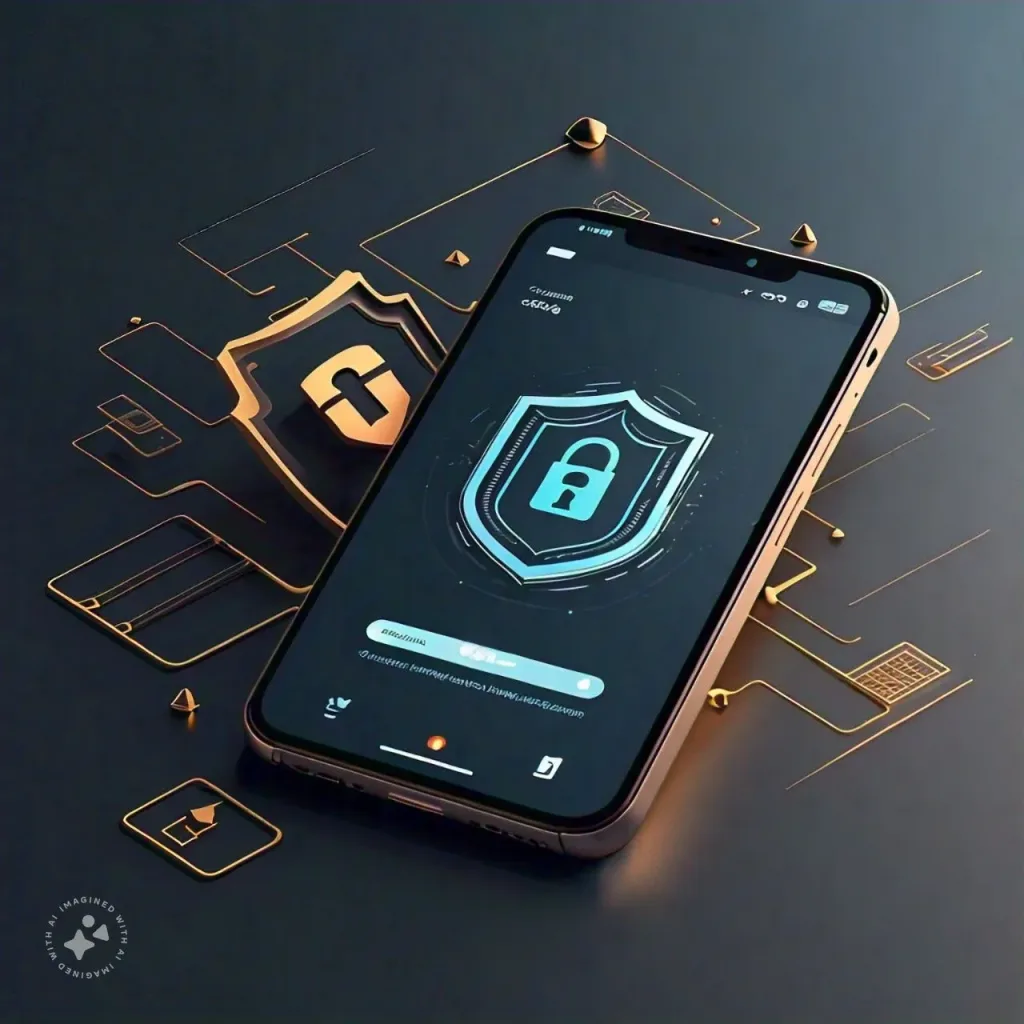
How can I enhance my mobile security?
🔐 Enhance mobile security with biometric authentication and regular updates. Protect your data with secure lock screens and trusted apps. #MobileSecurity #TechSafety
Enhancing your mobile security is essential to protect your personal information, data, and privacy from potential threats. Here are some effective ways to improve your mobile security:
1. Set a Strong Password or PIN
Setting a strong password, PIN, or biometric lock (like fingerprint or facial recognition) is one of the simplest yet most effective ways to secure your phone and prevent unauthorized access.
2. Enable Two-Factor Authentication (2FA)
Enabling two-factor authentication (2FA) on your apps and services adds an extra layer of security by requiring a second form of verification, making it much harder for hackers to access your accounts even if they know your password.
3. Keep Your Software Updated
Regularly updating your phone’s operating system and apps is crucial for security, as updates often include patches for vulnerabilities. Enable automatic updates to ensure you receive critical security fixes promptly.
4. Install Apps from Trusted Sources
Only download apps from official app stores like Google Play or the Apple App Store to avoid malicious apps, and check app permissions to prevent unnecessary access to sensitive information.
5. Use a Mobile Security App
Install a reputable mobile security app with features like antivirus protection, anti-phishing, malware scanning, safe browsing, VPN services, and app lock to enhance your overall security.
6. Be Cautious with Public Wi-Fi
Avoid accessing sensitive information on public Wi-Fi, and use a VPN to encrypt your connection and protect your data if you must use public networks.
7. Enable Remote Wipe
Enable a remote wipe feature to erase data from your phone if it’s lost or stolen, using built-in tools like Find My Device for Android or Find My for iOS to locate, lock, or erase your device.
8. Be Wary of Phishing Attacks
Be cautious with emails, text messages, or websites from unknown sources that may be phishing attempts; verify their authenticity before clicking links or downloading attachments to protect your personal information
9. Manage App Permissions
Review and disable unnecessary app permissions to minimize the risk of data exposure from apps accessing sensitive information like your contacts, location, or camera.
10. Encrypt Your Data
Encryption adds a layer of security by converting your data into a code that can only be deciphered with a specific key. Both Android and iOS devices offer built-in encryption options that can help protect your data, especially if your device is lost or stolen.
11. Regularly Back Up Your Data
Regularly backing up your data ensures that you can recover important information in case your phone is compromised. Use cloud services or external storage to create backups of your contacts, photos, documents, and other critical data.
12. Turn Off Bluetooth and NFC When Not in Use
Leaving Bluetooth and NFC enabled when not in use can make your phone vulnerable to unauthorized access and attacks. Disable these features when they are not needed to reduce the risk of someone gaining access to your device.
13. Monitor Your Accounts for Unusual Activity
Regularly check your bank accounts, email, and social media accounts for any signs of unauthorized access or suspicious activity. If you notice anything unusual, change your passwords immediately and enable 2FA if you haven’t already.
14. Log Out of Apps When Not in Use
Logging out of apps when you’re finished using them, especially banking and shopping apps, can prevent unauthorized access in case your phone is stolen or compromised. This is particularly important for apps that store sensitive information or are linked to payment methods.
15. Disable Automatic Connections
Some phones automatically connect to known Wi-Fi networks or Bluetooth devices. While convenient, this feature can expose your phone to security risks. Disable automatic connections and manually connect to networks and devices as needed.
By following these tips, you can significantly enhance your mobile security and protect your personal information from potential threats.
What are the best ways to organize my apps?
Organizing your apps effectively can make your phone more user-friendly and help you quickly find the tools you need. Here are some of the best ways to organize your apps:
1. Categorize by Functionality
One of the most straightforward ways to organize your apps is by grouping them based on their functionality. For example, you can create folders for:
-
Communication: Messaging, email, and social media apps.
-
Productivity: Note-taking, calendar, task management, and document editing apps.
-
Entertainment: Streaming services, games, and music apps.
-
Utilities: Weather, maps, calculators, and system tools.
Grouping similar apps makes it easier to find what you need quickly.
2. Use Folders for Better Organization
Arrange apps by usage frequency: keep frequently used ones on the home screen or at the bottom for easy access, and move less used apps to other screens or into folders
3. Prioritize by Frequency of Use
Arrange your apps by usage frequency, placing the most frequently used ones on the home screen or at the bottom for easy access, and moving less used apps to other screens or into folders.
4. Color Code Your Apps
If you’re a visual person, organizing your apps by color can make your home screen aesthetically pleasing and help you quickly locate apps. For example, you can place all green apps (like WhatsApp, and Spotify) together, followed by blue apps (like Facebook, and Twitter), and so on.
5. Arrange Alphabetically
Another simple way to organize your apps is by arranging them alphabetically. This method ensures that your apps are easy to find, especially if you have many. Some phones allow you to do this automatically in the app drawer, while others may require manual arrangement.
6. Use a Single Home Screen with Widgets
If you prefer minimalism, you can use just one or two home screens and rely heavily on folders and widgets. Widgets can provide quick access to frequently used functions without opening the app, such as viewing your calendar, checking the weather, or controlling music playback.
7. Create Custom Categories
Tailor your app organization to fit your lifestyle or habits. For example, if you travel frequently, you might create a “Travel” folder with apps like Google Maps, Uber, airline apps, and currency converters. If you’re into fitness, a “Health” folder might include workout apps, calorie trackers, and meditation guides.
8. Use the Dock for Essentials
The dock (the row of apps at the bottom of the screen that remains constant as you swipe between home screens) should contain the apps you use most frequently, such as your phone, messages, browser, and camera. Keeping essential apps in the dock ensures they are always just one tap away.
9. Utilize the App Drawer Effectively
If your phone has an app drawer, consider using it to store less frequently used apps, freeing up space on your home screens. This approach keeps your home screen focused on your most important and frequently used apps while still making all other apps easily accessible.
10. Use Search for Quick Access
If you have a lot of apps and don’t want to spend time organizing them into folders, rely on your phone’s search function to quickly find and open apps. Both Android and iOS have powerful search features that let you type the first few letters of an app’s name to locate and open it instantly.
11. Customize for Your Workflow
Organize your phone apps based on your daily routines, such as creating a ‘Morning Routine’ folder for news and weather apps, a ‘Work’ folder for productivity tools, and an ‘Evening’ folder for entertainment and relaxation.
12. Hide Unused Apps
If you can’t delete unused pre-installed apps, hide them from your home screen by moving them to the App Library on iOS or disabling them in the app drawer on Android, reducing clutter and keeping your home screen organized.
By implementing these strategies, you can create a more organized, efficient, and personalized app layout that enhances your overall mobile experience.
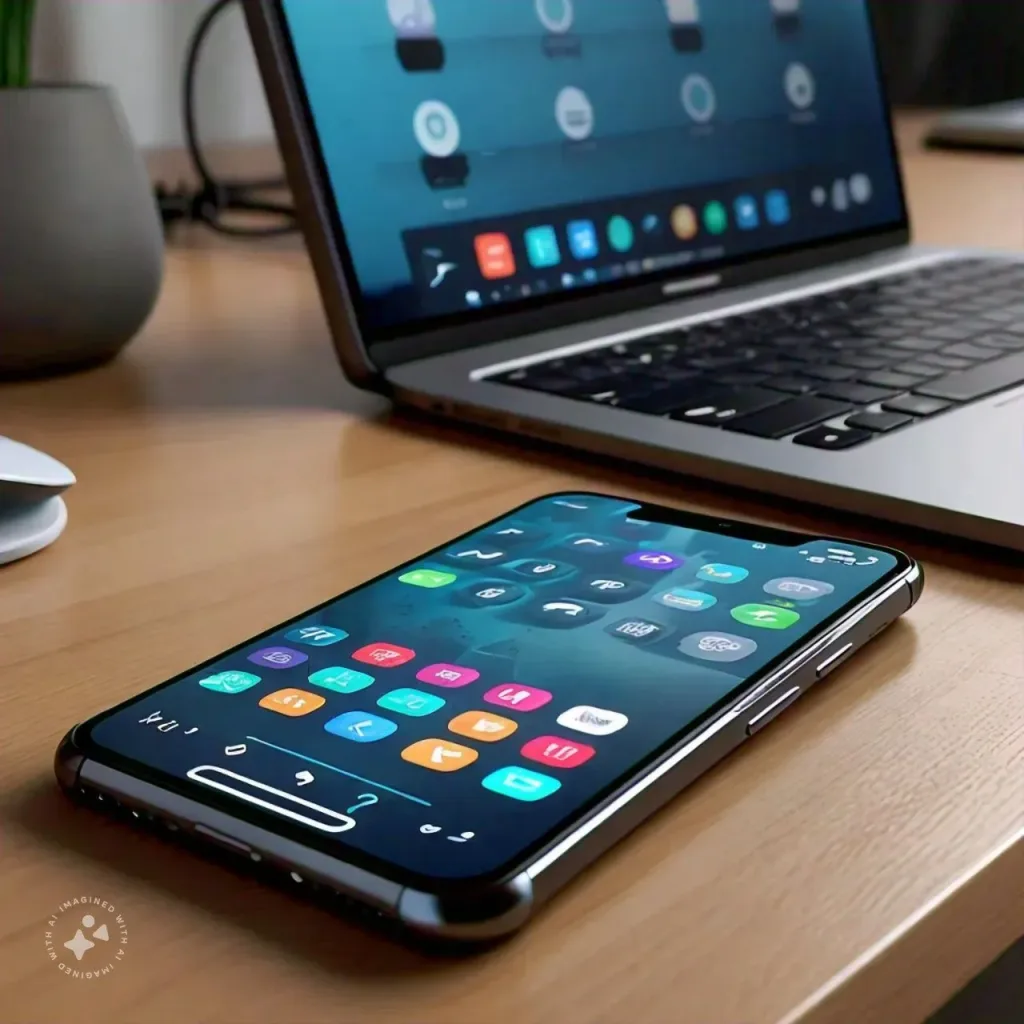
How can automation tools help simplify my life?
🔄 Automate your life with apps! Use scheduling and task management tools to keep track of your appointments and to-dos without manual input. #Automation #TechTips
Automation tools can significantly simplify your life by streamlining repetitive tasks, improving efficiency, and allowing you to focus on more important activities. Here’s how they can make your life easier:
1. Save Time with Repetitive Tasks
Automation tools like email filters and task management apps handle repetitive tasks, such as sorting messages and creating recurring to-do lists, freeing up time for more meaningful work or leisure.
2. Manage Your Finances Efficiently
Automation tools like budgeting apps and automatic bill payment services manage your finances by tracking expenses, setting limits, and paying bills on time, reducing late payments and fees.
3. Streamline Workflows
Automation tools like Zapier, IFTTT, and Microsoft Power Automate integrate apps and services to create custom workflows, streamlining tasks like saving email attachments or updating calendars automatically.
4. Enhance Personal Productivity
Automation tools like calendar and task apps help you stay organized and productive by scheduling meetings, setting reminders, and managing deadlines automatically.
5. Simplify Home Management
Home automation tools like smart thermostats, lights, and security systems can transform your living space by adjusting to your preferences, saving time, conserving energy, and enhancing security.
6. Improve Health and Wellness
Automation tools like fitness and meal planning apps help you track habits, log workouts, and receive reminders, supporting your health and wellness goals effortlessly.
7. Automate Social Media Management
Automation tools like Buffer, Hootsuite, and Later simplify social media management by scheduling posts, monitoring engagement, and analyzing performance across platforms.
8. Optimize Email and Communication
Automation tools like Mailchimp, ConvertKit, and chatbots streamline communication by automating email campaigns and handling customer service inquiries efficiently.
9. Organize Your Digital Life
Digital organization tools like cloud storage, note-taking apps, and password managers automate the storage and retrieval of your files, syncing documents across devices and securing information with tools like Google Drive, Evernote, and LastPass.
10. Automate Routine Purchases
Subscription services and e-commerce automation, like Amazon’s Subscribe & Save or meal kit deliveries, ensure you never run out of essentials by automating recurring orders for household items, groceries, and prescriptions.
11. Stay Informed Effortlessly
Automation tools like RSS feed readers and smart home assistants can keep you updated with personalized news, weather, and reminders based on your preferences.
12. Automate Learning and Skill Development
Learning platforms and apps like Duolingo, Coursera, and Khan Academy automate your educational journey, ensuring consistent progress without manual schedule management.
By integrating automation tools into your daily life, you can increase your efficiency, reduce stress, and focus on what truly matters. Whether for work, home, health, or leisure, automation empowers you to do more with less effort.
Conclusion: Simplify Your Digital Life with Smart Mobile Practices
In conclusion, implementing these mobile tips can significantly simplify your digital life and make your mobile experience more efficient. From optimizing settings to organizing apps, enhancing security, and leveraging productivity tools, each of these strategies contributes to a smoother, more manageable digital lifestyle. Remember, the goal is to make your mobile device work for you, not vice versa. By taking control of your mobile experience, you can free up time and energy to focus on what truly matters in your life.
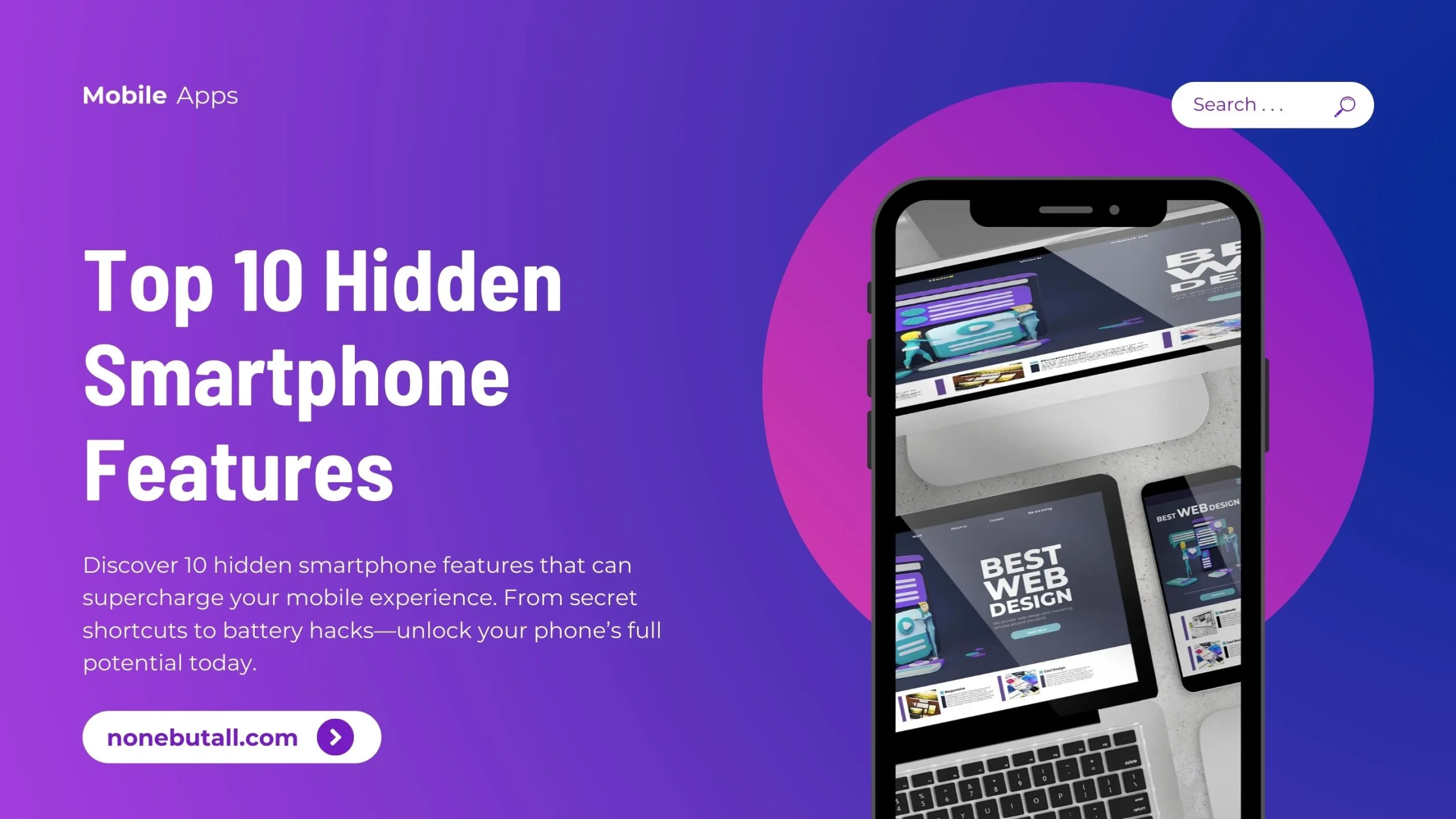
Top 10 Hidden Smartphone Features You’re Not Using (But Should Be) – Boost Your Mobile Experience Today
Top 10 Hidden Smartphone Features You’re Not Using (But Should Be) – Boost Your Mobile Experience Today
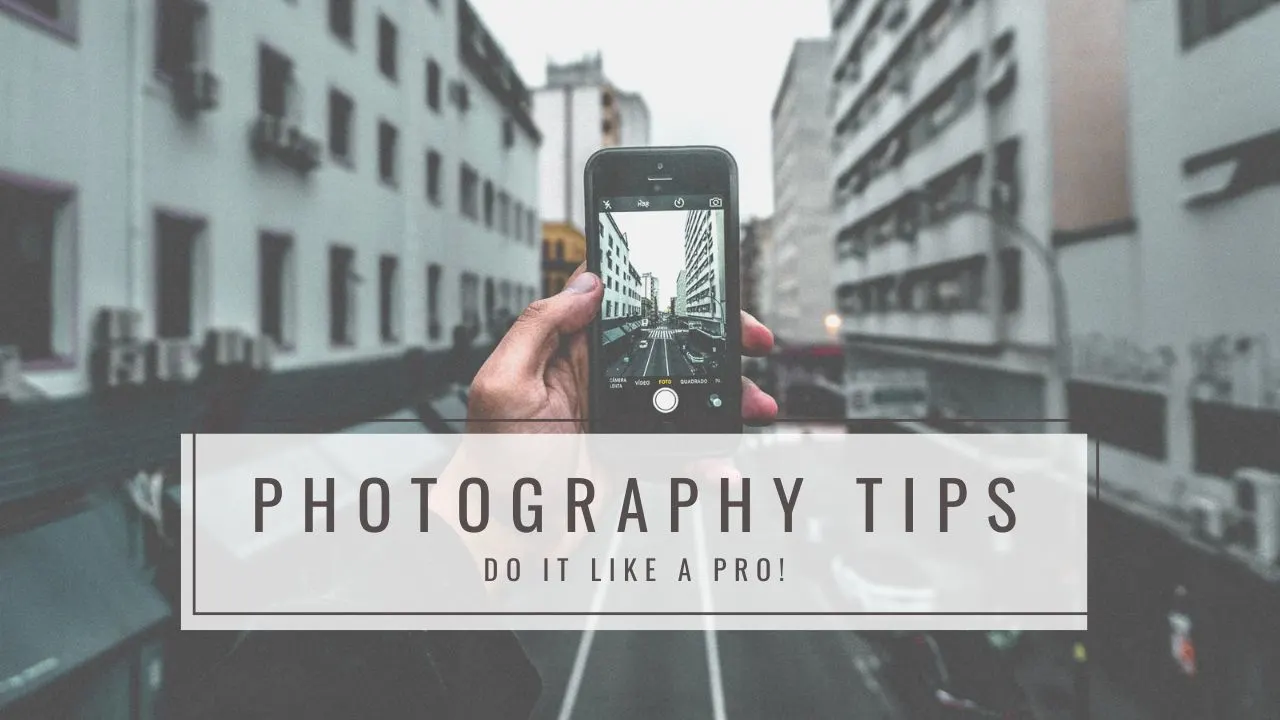
Top 10 Tips of Pro level smartphone photography : Turn Your Smartphone Into a Pro Camera
Top 10 Tips of Pro level smartphone photography : Turn Your Smartphone Into a Pro Camera
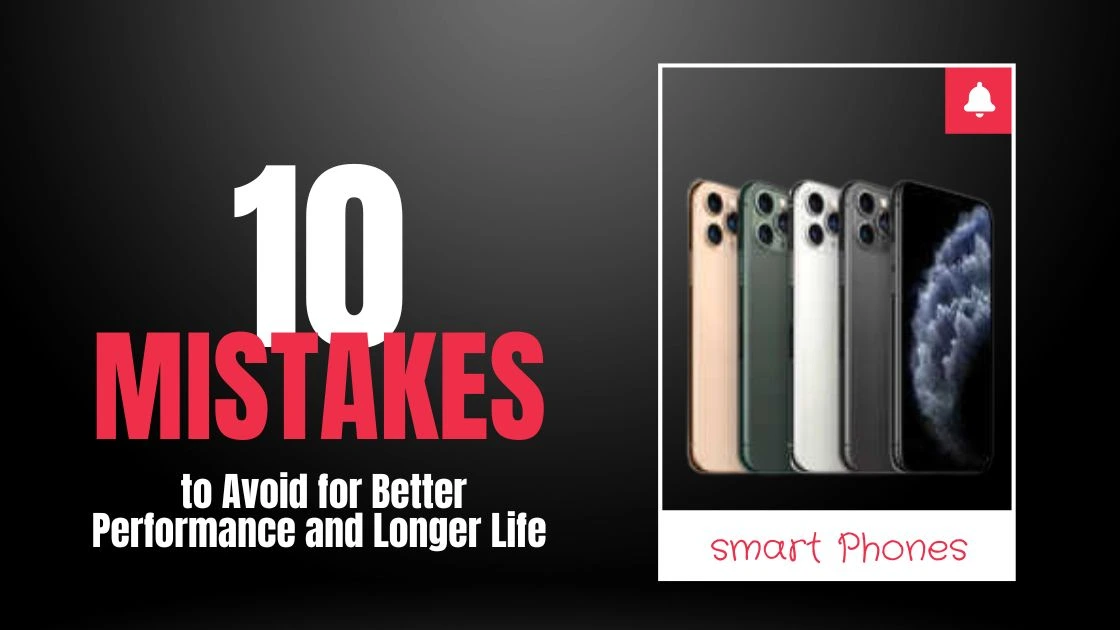
The 10 Common Behaviors That Damage Your Phone
The 10 Common Behaviors That Damage Your Phone
